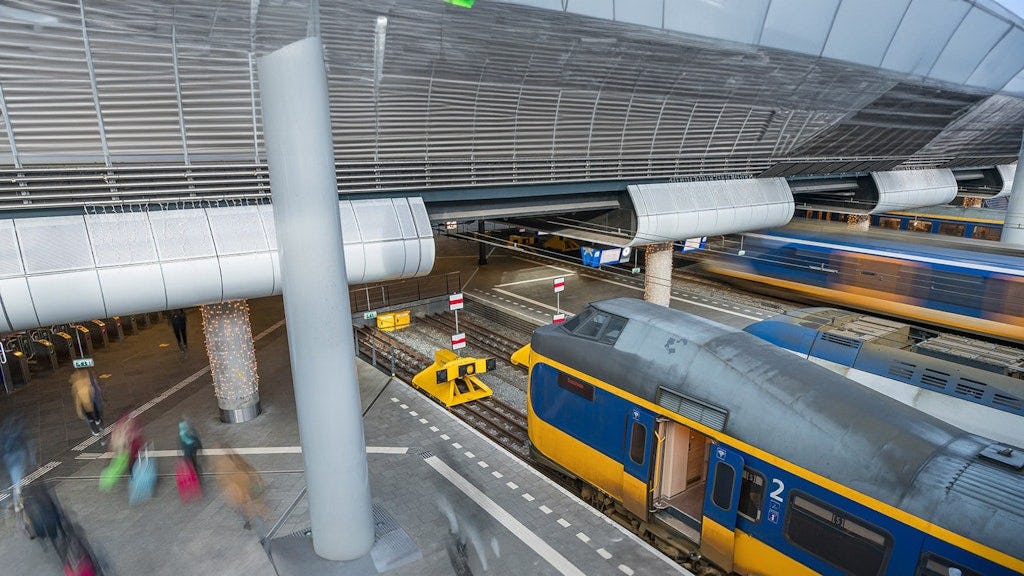Using the 3D digital twin, the station managers get instant insight into the status of the station, enabling them to take action as soon as necessary. The model is also capable of making connections between data-producing projects within the building, meaning comprehensive analyses and predictions can be generated. Using this output, NS is able to improve safety and traveller comfort, and prevent defects at the station.
Jean Keultjes, Digital Lead at NS Stations IT, tells us more: 'The model enables us to easily obtain a detailed picture of the current structure of the building, including the real-time use of objects in the building. .We are now able to do so without needing to check a huge number of individual sensors using separate dashboards That's proving to be really valuable to us.'
Robbrecht van Amerongen, Head of IoT at AMIS Conclusion, adds: 'Using the model, it is not only possible to identify any defective equipment, it is also possible to simulate the impact of any breakdown via a range of scenarios. And that makes it possible to make better decisions regarding the best walking routes for passengers, and any impact on safety, maintenance, and sustainability.'


